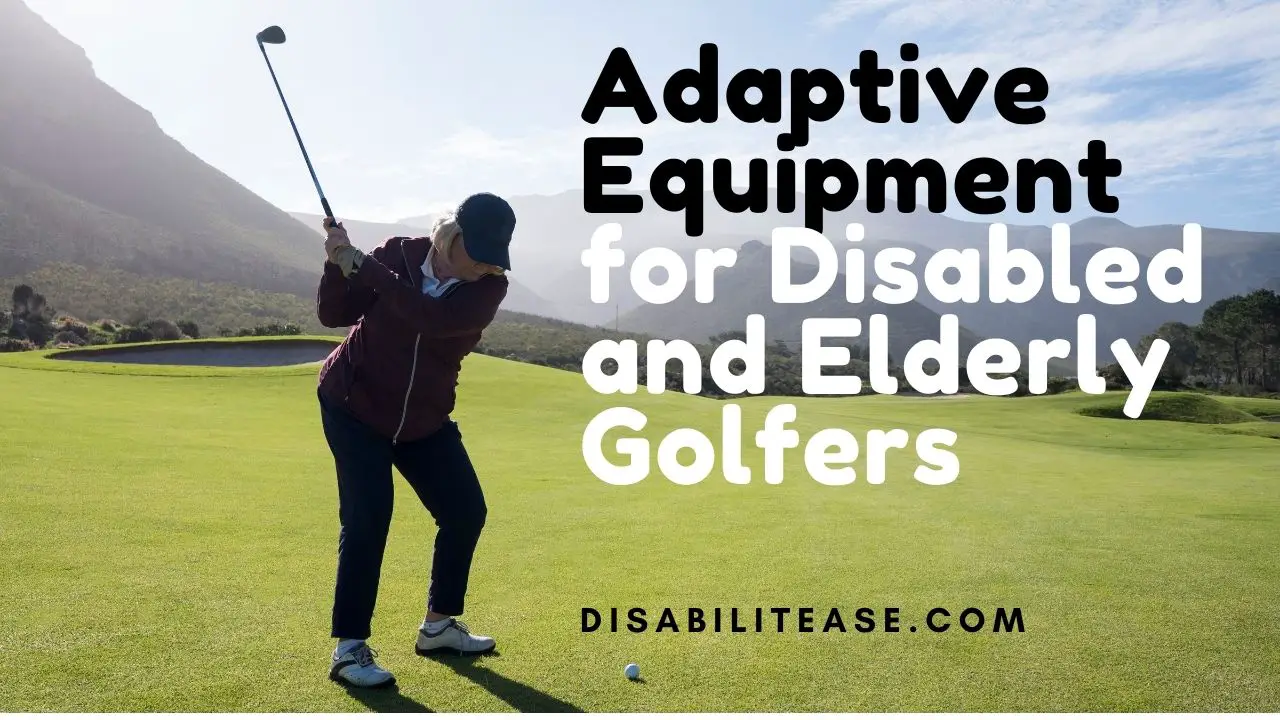Can a Blind person drive a car? Let’s find out. Yes he can if..
- The vision of the driver should be 20/40 or more.
- The size of the defect-free visual field of the driver should be at least 120°.
We have a related article for you, you can read Can a Blind Person Live Alone? 10 Tips for Living Independently as Blind.
Table of Contents
Driving And Legal Requirements – Can A Blind Person Drive A Car?
Except if you know the most modern, eyesight-improving medical equipment in the current market, driving a vehicle as a legally blind person might look like an impossible task.

Before earning a driver’s license, a person must pass a visual section of the driving test in all countries worldwide.
Furthermore, for driving unrestrictedly, a person mainly needs a specific level of vision, while a few countries require visual field restrictions. Restricted licenses are occasionally necessary for low-vision drivers.
These licenses typically involve them driving just during the daytime, and they may also need unique changes made to their vehicle to adapt to their condition.
When determining whether or not driving is safe for a person, a lot of emphases is placed on visual acuity. However, several studies claim that other aspects of sight, like contrast sensitivity and visual field, must be prioritized in this aspect.
Retesting eyesight frequently may be beneficial to road safety for the drivers as well as others. Although the data is insufficient in this field, stats imply that up to 3 percent of the drivers might not pass a professionally administered eyesight test if given another chance.
The discussion about limiting driving privileges may be contentious since it
includes limiting a person’s autonomy.
Vision Criteria for Driving
Driving as a legally blind person necessitates using appropriate vision-improving technologies, common sense, and knowledge of local laws. For instance, most visually challenged individuals like to drive during the daytime under clear weather since the light is better in such settings.
Because local legislation governing the usage of telescopic lenses and other vision-improving equipment tends to vary greatly, it’s critical to understand the relevant restrictions in your city or country.
Generally, laws for driving consider two criteria when it comes to the vision of the driver:
- The vision of the driver should be 20/40 or more.
- The size of the defect-free visual field of the driver should be at least 120°.
For the first criterion, drivers who can reach the stated degree of vision by using optical lenses or glasses are likely allowed to drive. Meanwhile, in terms of the visual field, the horizontal temporal field is frequently the focus of these.
Human eyes are not able to see in a straight path only and instead have a whole field of vision. This refers to how far one can see while looking straightforward.
Failure to pass a vision driving exam does not inevitably mean that one would be granted a driver’s license. A few countries need optometrists to fill out a form. When filling out the form, it would state one’s eyesight problem, how it would impact one’s driving ability, and whether it can be fixed.
At this stage, one’s eyesight might be tested again. Furthermore, you’ll have to pass a practical driving test to prove that you can safely drive regardless of your low vision.
A cautious driver with poor vision might have a chance of doing better than a motorist with strong vision but taking excessive risks.
These laws, however, are considerably flexible in several regions. For example,
- A driver could utilize a visual aid to fulfill the local criteria
- A driver could have good vision in one eye but a poor vision in the other one
- A driver could get a limited driver’s license.
Furthermore, most jurisdictions have a method by which a person who does not fulfill the eyesight requirements can receive a driver’s license.
This approach typically requires thorough reports from a doctor, tests or regular updates, extra driving training, more stringent driving tests, and permit restrictions.
Low Vision and Blindness
Most people recognize that a blind person can be allowed to drive on the road. It is essential to make urgent decisions when driving based on visual input, and Such situations don’t give sufficient time to employ sound or other sensor assistance to prevent significant mishaps.
Also, make sure to check out my post on Do Blind People Dream In Color?
Furthermore, technology advancements, like automatic cars, are expanding the possibilities for blind people to go around simply.
Moreover, many individuals might not be aware that, in terms of legal definition, blindness doesn’t always imply that one has no eyesight, i.e., No Light Perception (NLP).
If someone with this degree of visual ability can be allowed to drive varies on local laws. Usually, individuals with this quality of eyesight are permitted to drive in a few countries under certain conditions.

Hi, my name is Eddie, I am a professional trainer specializing in the elderly population and I’m also a website designer. I love training in the gym, going to the beach, traveling, and having good food.
I combined my love for sport and website designing to make “DisabilitEase” whose purpose is to help elderly and disabled people live a more full and active life, have more fun, and enjoy their unique journey despite any disability.



